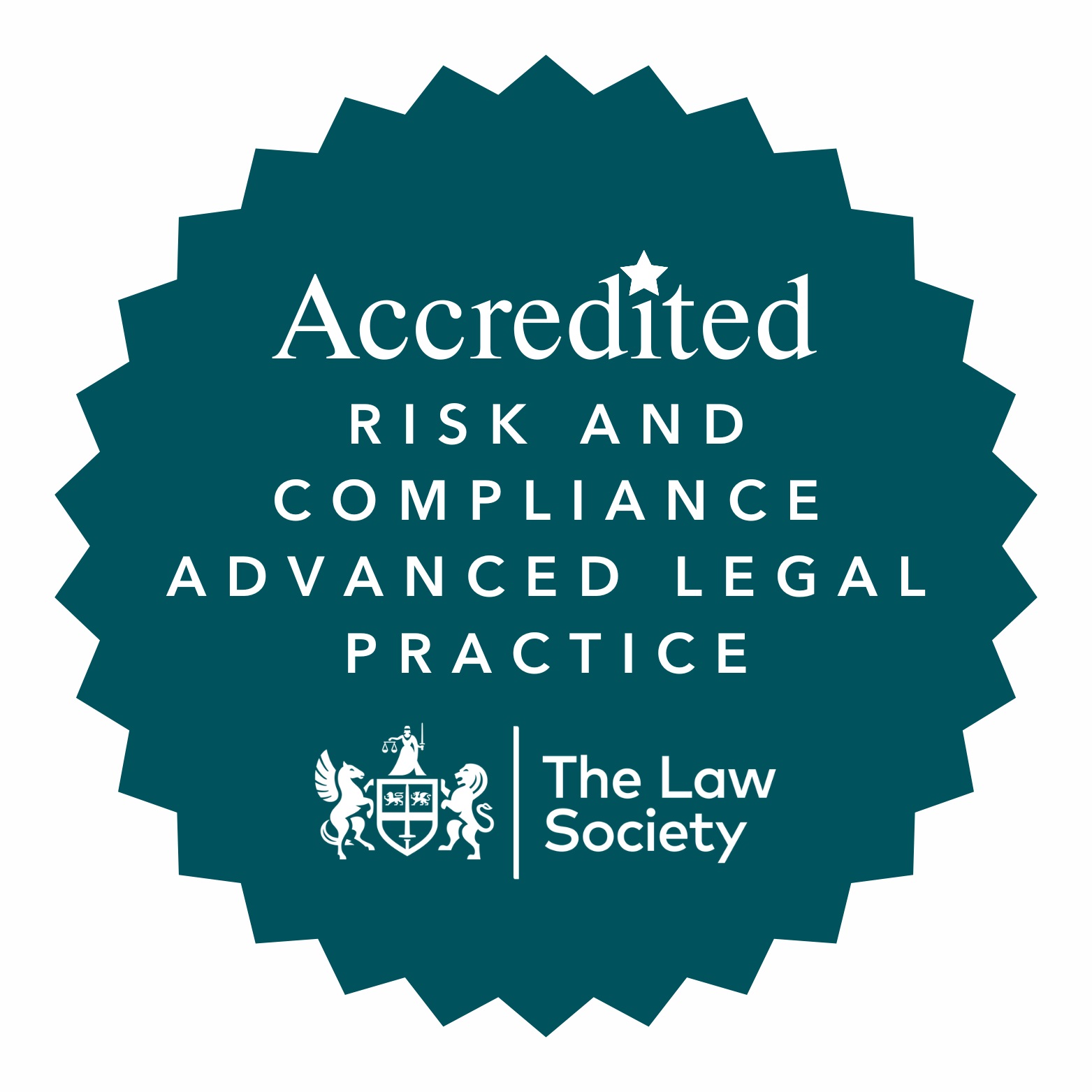The Building Safety Act was introduced to Parliament with the intention of making those responsible for shoddy workmanship or the supply defective construction products responsible for making buildings safe, placing additional responsibilities on the original stakeholders such as the original developer, main contractor and other associated parties.
Guy Thomas, Partner outlines one of the changes made by the Act – the introduction of a new cause of action for damage suffered as a result of a breach of the Building Regulations, by virtue of Section 38 of the Building Act 1984.
Section 38 has long been in the statute books but was never brought into force. It provides a statutory cause of action for breaches of the Building Regulations and an ability for a Claimant to claim damages where they suffer harm because works have not complied with Building Regulations as at that time.
Notably, unlike other changes brought about by the Act, Section 38 applies to all buildings, not just dwellings.
When does Section 38 come into force?
Section 38 will come into force two months from the Building Safety Act receiving Royal Assent and is expected to come into force on 28 June 2022, at the same time as the extended limitation periods for claims under the Defective Premises Act 1972.
What will the position be after Section 38 is brought into force?
This likely to be welcomed by property owners, where any contract or appointment does not expressly deal with compliance with statutory requirements, as well as those who do not have a contractual link with the original contractor or consultants, such as leaseholders.
Developers often set up a special company with few assets for a specific development, only to wind the company up once the development is complete leaving the company with no long-term liability. The Building Safety Act allows the High Court to make a Building Liability Order if it considers it just and equitable to do so, extending liability for one company to an associated company such as a parent company or sister company. This broadens the list of potential defendants to a claim under Section 38 and potentially benefit claimants where the original company is insolvent or does not have the financial capability to rectify defects.
The limitation period for claims under Section 38 will be extended to 15 years after the works were completed and will apply prospectively, only applying to work undertaken after Section 38 comes into force.
Damages under Section 38
Damages under Section 38 will potentially be restricted to physical (or mental) damage to persons or property caused by the breach of Building Regulations, excluding pure economic loss.
Defences to claims for non-compliance with Building Regulations
Importantly, unlike other causes of action created by virtue of the Building Safety Act, the extended limitation defence will only apply prospectively.
It is common for a contractor or consultant to argue that the local authority or private building control who reviewed and certified the works in breach of the Building Regulations is responsible. Such claims are difficult and have regularly been struck out or dismissed by the Courts.
For further information or advice on Section 38 and the Building Safety Act please contact Guy Thomas at guy.thomas@dtmlegal.com






